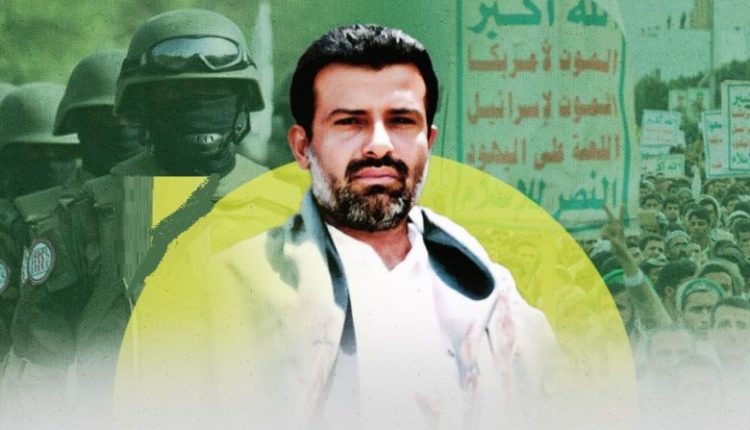The Qur’anic March and the All-Encompassing Struggle with the Enemy… From the Martyr-Leader’s Insight to the Ummah’s Total Battle
In a world where the forces of global tyranny conspire to impose political, ideological and economic hegemony over peoples, the Qur’anic March emerges as the greatest project of consciousness and revival against arrogance — a project born from the Qur’anic insight ignited by the martyr-leader Sayyid Hussein Badr al-Din al-Houthi (may God have mercy on him) in the face of America and Israel, declaring the birth of a new phase of struggle: a struggle of awareness and faith that precedes the battlefield.
The martyr-leader understood that the enemy does not confront the Ummah on a single front; it seeks to dismantle it from within — in thought, in economy, in media, and in morals — targeting its unifying identity and collective consciousness, using deceptive slogans such as “combating terrorism” and “spreading democracy.”
From that deep Qur’anic vision the Qur’anic March set out to build a nation that reads events through the lens of the Qur’an and confronts aggression with faithful confidence and certainty in God’s promise of victory.
The Martyr-Leader — Eyes on Events, Eyes on the Qur’an
Amid the vast maneuvering by America and Zionism to dominate the world, and especially Arab lands and their sacred sites, the Islamic Ummah was subjected to an intellectual and cultural onslaught designed to dismantle its unifying identity through sectarian policies and the manufactured pretext of terrorism for invasion and control.
While the world was deceived by American falsehoods after the events of 11 September 2001, the martyr-leader possessed an exceptional Qur’anic awareness. He realized that what was being presented as a “war on terror” was in fact a war on Islam, identity, faith and the very means of defense. From this understanding he ignited a revolution of consciousness under the motto “eyes on events, eyes on the Qur’an,” restoring the Ummah’s compass for the true nature of the struggle, exposing the deceit of American pretexts that masked their aggressive project, and correcting the distorted cultures that powers of arrogance tried to impose on the Ummah.
The Struggle with the Enemy — A Battle of Awareness That Spans History
The struggle with the enemy is no longer a passing event but a divine, systematic rule treated in the Qur’an with profound clarity, which maps out for the Ummah a route of confrontation that stretches from the depths of history into every contemporary reality.
The Qur’an outlined the path and specified the major prerequisites for victory: guidance, leadership, and steadfastness. These pillars guarantee the Ummah’s resilience against tyranny and enable it to break free from dependence into a space of dignity and honor.
Enmity in the Qur’an — Roots and Goals That Do Not Change
Hostility between truth and falsehood is not a transient phenomenon; it is part of life’s nature itself. As the Qur’an states, “And thus We have made for every prophet an enemy…” The enemy does not limit itself to military aggression; it seeks to corrupt the Ummah from within — in thought, creed, politics, economy, media and education — emptying it of its faith-based and civilizational substance.
The Qur’an warns: “If you obey a party of those who were given the Scripture, they will turn you back after your faith to become disbelievers.” This apostasy is not merely a loss of religious belief but a collapse across all spheres of life — precisely what the American-Zionist project has long pursued through cultural, media and political tools.
Requirements of the Struggle — A Roadmap to Victory
Confronting an all-out aggression aimed at dismantling the Ummah from within requires a Qur’anic framework that provides essential components for resilience and victory, beginning with guidance and a return to the Qur’an as a comprehensive methodology and awareness. The Qur’an is the Ummah’s compass for interpreting events and understanding the enemy; through it false narratives and malicious tactics are exposed and clear, principled stances emerge. Departing from the Book’s guidance results in a loss of direction and the inability to distinguish truth amid the noise of media manipulation and cultural distortion.
From guidance, the Ummah moves to the necessity of conscious leadership that bears responsibility for direction and empowerment, aligns with the Qur’anic method to unify ranks and regulate paths, and transforms awareness into practical policies and actions that enable society to endure and confront effectively. At the heart of this equation lies steadfastness in God — the “holding fast” that shields against dependence, represents adherence to principles, and secures the Ummah against all forms of

